Programmes
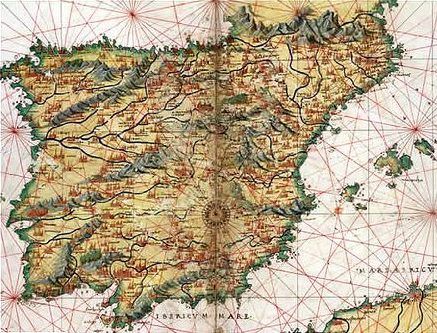
Iberia Resonat
Fifth Centenary of the First Circumnavigation of the Earth
The programme Iberia Resonat Iberia Resonat commemorates the fifth centenary of the first circumnavigation of the globe (1519-1521). Iberia is resonating because five centuries ago our peninsula led a movement of expansion and communication between countries all over the Earth. It was the beginning of a cultural, social and economic process which has resulted in what today we call globalisation..
Works are lovingly and historically selected from the songbooks of Paris, Elvás, Lisbon, Belém, Uppsala and la Colombina. Five centuries later, these works resonate and bring us closer to the experiences in which navigators like Magellan were immersed.
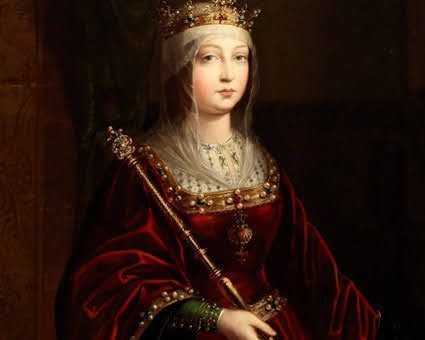
Beltraneja and Catholic
Two women. One throne.
Two important women in Spanish politics, Juana la Beltraneja and Isabel the Catholic. Niece and aunt. Two lovers of the arts and the music of their time. As well as shedding light on Spanish history in this programme, we will hear works which tell our story.
The controversial and warring dispute over the throne is the storyline, supported by music, which in parallel to its action tells of two of our country’s great women and great personalities.
Works by Fco de la Torre (c.1460/c.1504), Joanes Ponce (c.1470/c.1521), Pedro Hernández de Tordesillas (14??/1520), Fco Salinas (1513/1590), Luys Narváez (c.1500/1552), Juan del Encina (1468/1529), Pedro de Escobar (1465/1535), Fernando Contreras (1470/1548), Carlo Verardi (c.1440/c.1500).
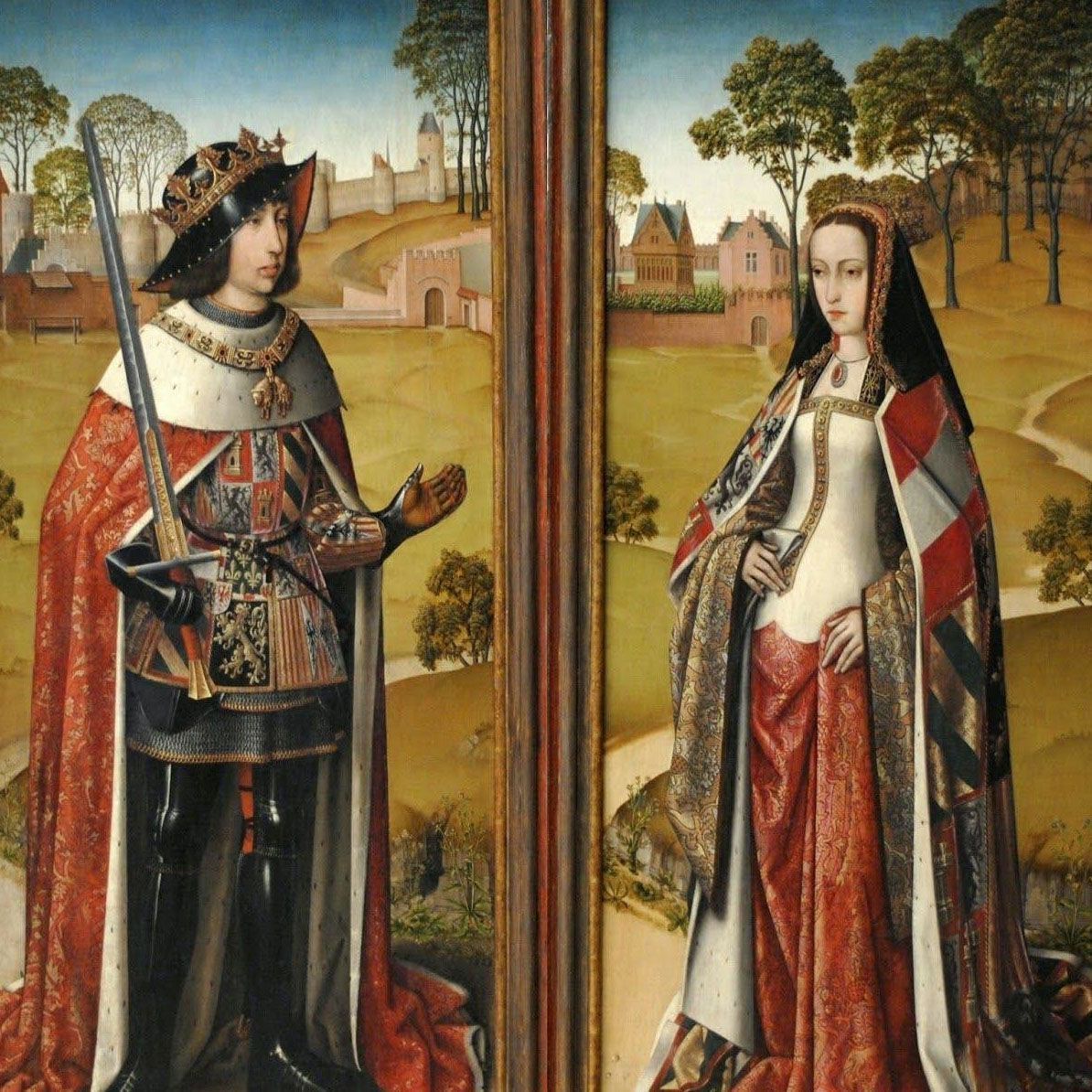
Of Love and Madness
When the heart rules.
It is difficult to believe that a queen whose reign lasted more than half a century, 51 years, spent 46 years of that reign locked up in a tower. It was nothing more that led Juana the 1st to this situation than the thirst for power of her father Ferdinand the Catholic, her husband Philip the Handsome and her son Charles the 5th.
Hexacordo wish to pay homage to this woman and to eradicate the nickname ‘the Mad’ from the first born daughter of the Catholic Kings. Reclaiming her place in history as who she was: Juana 1st of Castile.
Works by Carlo Verardi (c.1440/c.1500), Fco Salinas (1513/1590), Luys Narváez (c.1500/1552), Juan del Encina (1468/1529), Pedro de Escobar (1465/1535), Fernando Contreras (1470/1548), Pedro Hernández de Tordesillas (14??/1520).
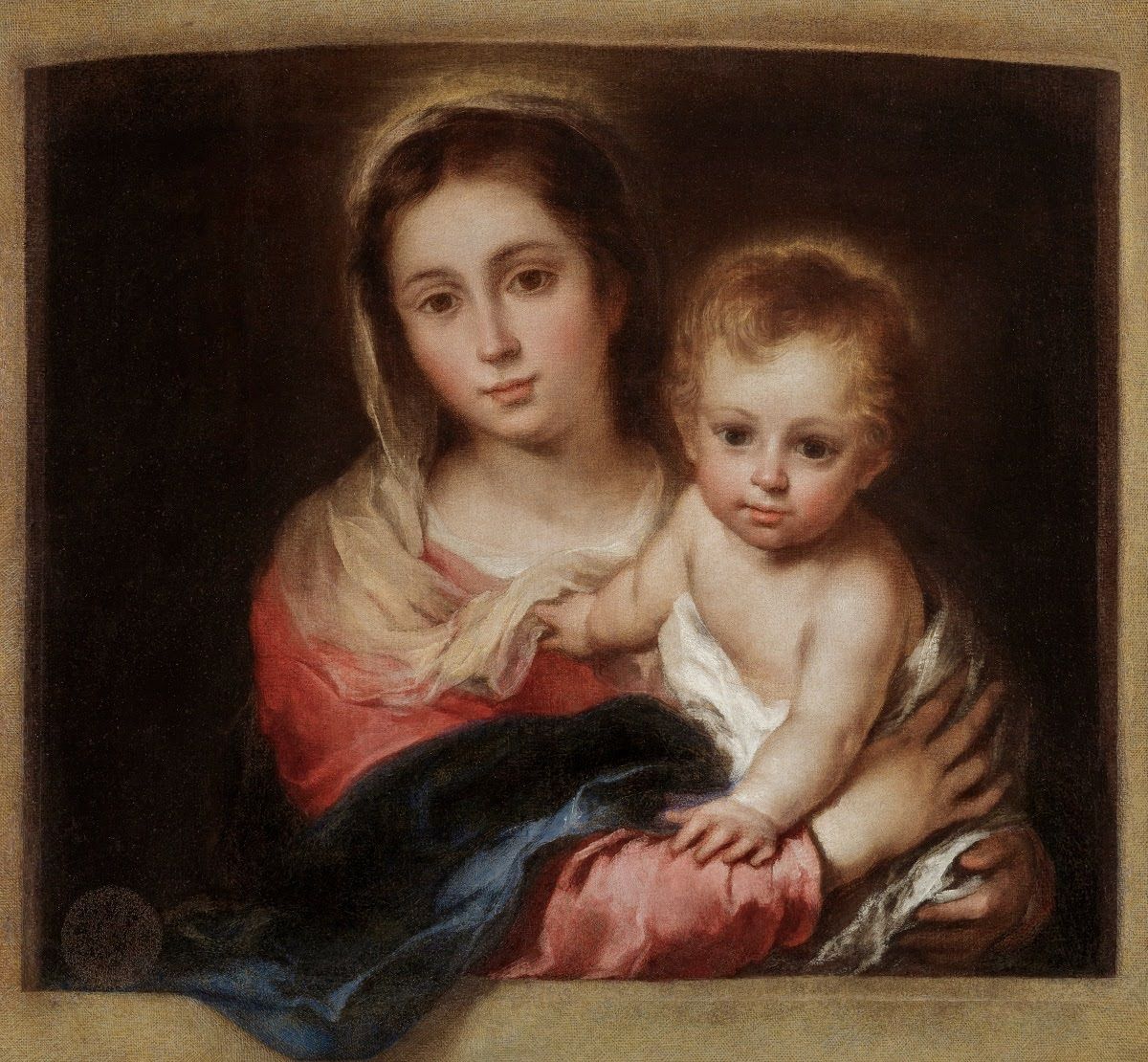
Clemens o Pia O Dulcis Virgo Maria
An all-powerful melody
The programme O Clemens o Pia O Dulcis Virgo Maria developed from the tradition approved and prescribed by Gregorio IX in 1250, to dedicate the end of the recitation of Compline prayers to the Virgin Mary with the singing of the Salve Regina.
The monks would sing this sequence before sleep and the friars of the Order of Preachers would sing it in procession with lighted candles. Hexacordo, recreating this tradition, bring us works in which this melody and Maria herself are the protagonists.
Various European composers have composed motets, sonatas, masses etc. as musical commentaries dedicated to this prayer.
La gran variedad conceptual sobre María y la devoción existente en cada país, se ve reflejada en la diversidad de obras que interpreta Hexacordo.
Obras de H. I. F. von Biber (1644/1704), C.Monteverdi (1567/1643), G.B. Bovicelli (1550/1594), J.H. Schmelzer (1623/1680), A. Scarlatti (1680/1725)

Mille volte
Over and Over Again
The glosa as an element of variation, and repetition as a unifying element of the concert. All the works of this programme, by eight different composers, have in common the tune of the motet “Ancor che col partire” composed by Cipriano de Rore (1515-1565), published in Venice in 1547. Works which bring us close to the use of ornamentation in the Renaissance. An endless universe.
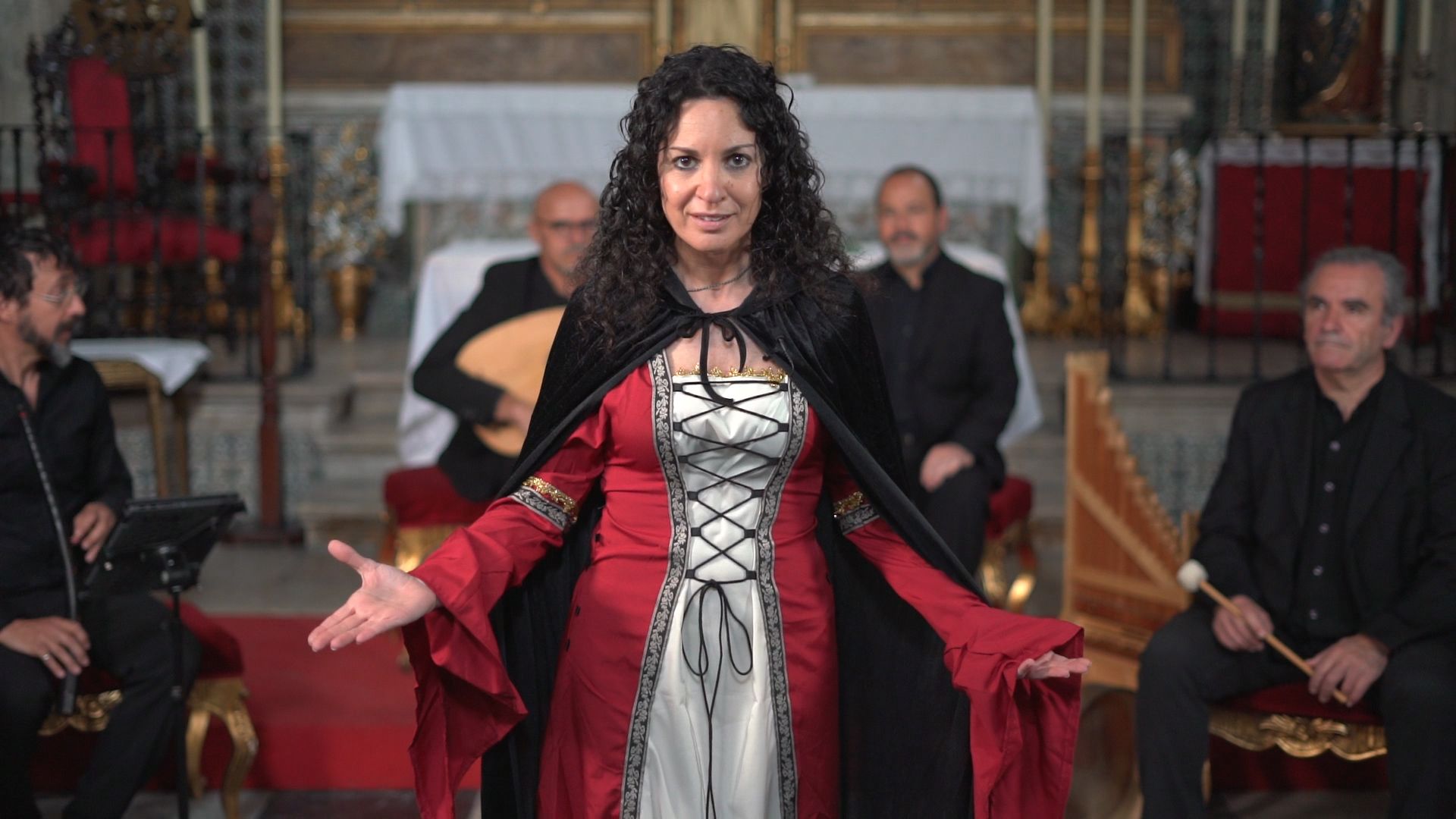
Musica Nebrissensis
Francisca de Nebrija and her father the grammarian
A musical-theatrical show strung across four scenes through which we are led by Francisca de Nebrija, the cultivated daughter of the grammarian Antonio de Nebrija , which reveals the most significant moments in his life. Works which are contemporaneous with the narrative strengthen the plot with their literal content, taken from the Musical Songbook of the Palace of the Catholic Kings.
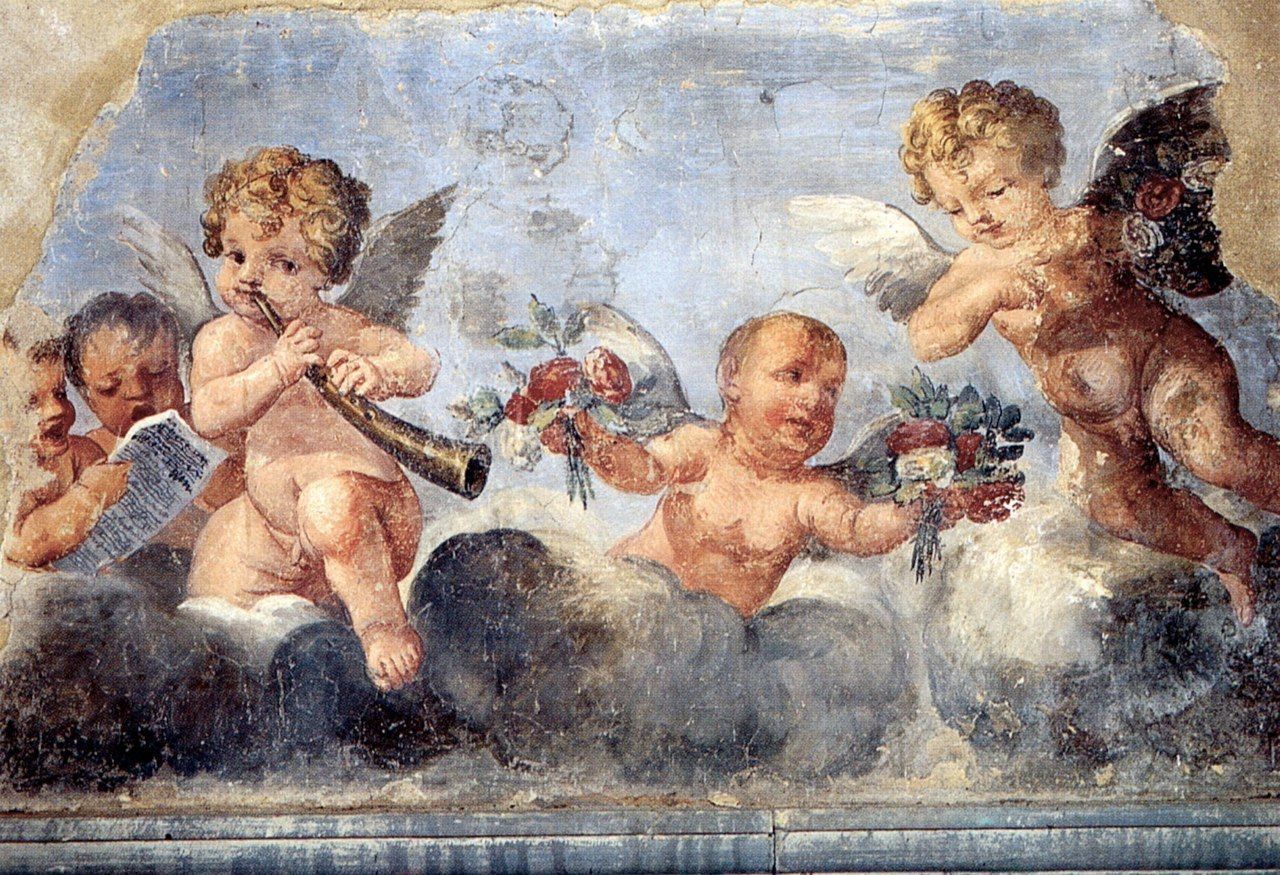
Angelus
When the angels play
Sound paintings that bring us closer to celestial music. Lovingly and historically selected works by the first Baroque composers, Monteverdi, Kapsperger, Bovicelli, Frescobaldi, Gabrieli etc. will be played on reproductions of the instruments which appear in the hands of the angels in the paintings seen in churches, cathedrals and museums.
Four centuries later, these works will put sound to these paintings.
Cuatro siglos después, estas obras pondrán sonido a esas pinturas.
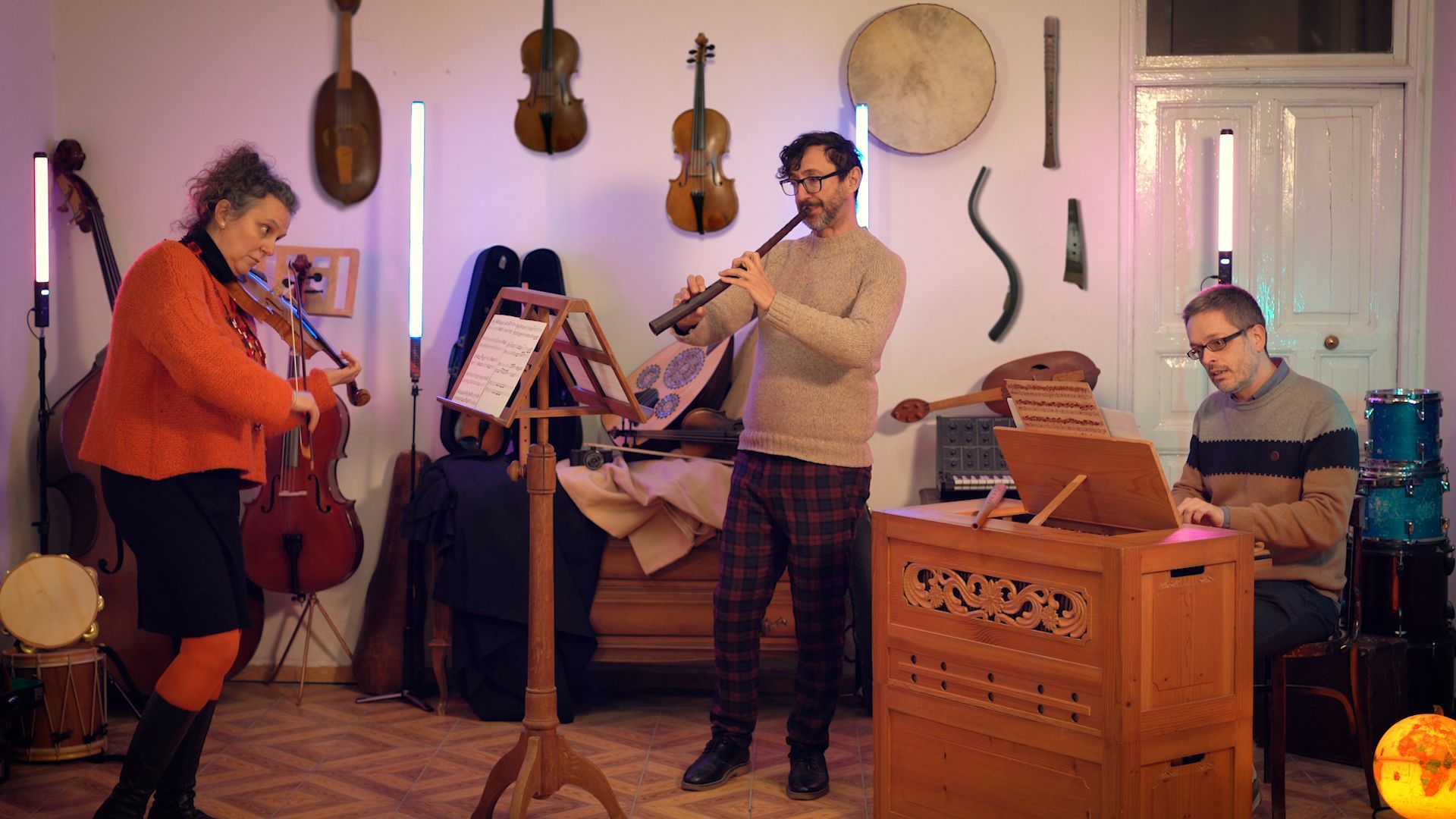
Vincolo d´armonia
Connecting
A feeling of creation and sympathy unites three musicians beyond their professional lives. Emotions such as understanding, affection and mutual aid are born from this link of harmony. Works by Giovanni Battista Trabaci (1575-1647) Battista Bovicelli (1550-1594) Heinrich Ignaz Frank von Biber (1644-1704) Claudio Monteverdi (1567-1643)
